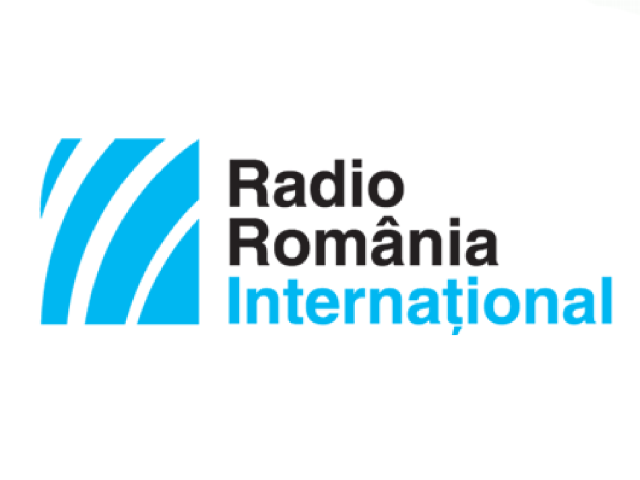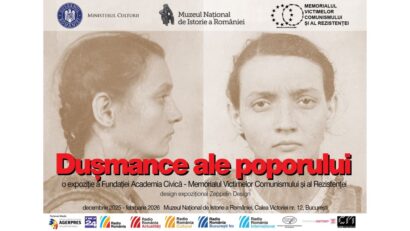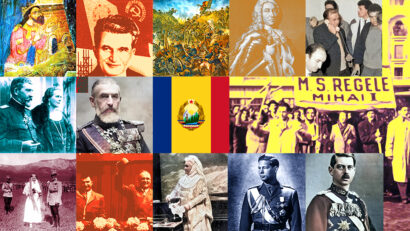The cultural anti-Communist opposition in Bessarabia
In Bessarabia, the historical region that was incorporated into the Soviet Union in 1944, the opposition to the Soviet regime had its own national traits

România Internațional, 19.08.2019, 11:30
In Bessarabia,
the historical region that was incorporated into the Soviet Union in 1944, the
opposition to the Soviet regime had its own national traits. Oppressed, both
ideologically and nationally, the Romanians living in Bessarabia developed
their own forms of culture, aimed at resisting ideologization and denationalization
through cultural opposition. Though apparently abiding by the official rules,
people of culture developed their own subversive means of escaping the
political and ideological canons. The cultural opposition in the Moldavian
Soviet Socialist Republic was dominated by writers. They were those who set the
tone for the rebellion against the regime’s cultural confinement. And the venue
for expressing cultural divergences was the institutionalized framework of the
Writers’ Union, starting mid 1950s, after Stalin’s death.
Andrei Cusco is
a professor with the History Faculty of the Moldova State University in Chisinau.
He told us that the period after Stalin’s death fostered lots of tensions among
the writers in Bessarabia:
It’s
about the period right after the Khrushchev Thaw. Starting with this period, we
can talk about some relative autonomy, both at institutional and personal
level, granted to some representatives of the intellectual circles in the
Moldavian Soviet Socialist Republic. They appeared along with a change in the
regime’s dynamics, as the open and rather tough forms of repression that used
to characterize the Stalinist period turned into less defined such forms. We
are talking about a continuum of pressure and collaboration, or, better said,
about resistance and opposition.
The Writers’
Union had been reformed after 1945, replacing everything that Romanian culture
used to stand for. The friction following Stalin’s death concentrated around
two poles of power, as Andrei Cusco told us:
In
the second half of the 1940s, the power relations within the Writers’ Union had
a strong political connotation, based primarily on geography. Therefore, we are
talking about the opposition between the so called Trans-Dniester faction, of
the writers from the former autonomous Moldavian Soviet Socialist Republic on
the left bank of the River Dniester, and the so-called Bessarabians. This
geographic opposition was doubled by a political one, which opposed the
communist, party-member writers to those with no affiliation to the Communist
Party.
The clashing
groups of writers had clearly different formative traditions and equally clear
political options. According to Andrei Cusco, the alliance between two
generations of pro-Romania writers led to the formation of cultural opposition:
The
Writers’ Union in the Moldavian Soviet Socialist Republic was dominated by two
generations who were fighting for dominance and preeminence, and that went on
also throughout the 1970s. There is a very interesting inter-generational
dynamics here. It’s the generation of the 1960s, made up of a group of younger,
rising artists, born in the late 1920s and early 1930s, formed in the Soviet
institutions. They were, apparently, the people of the regime. That’s a
difference that would count. Although both groups would frequently fight over
literary styles or how to define socialist realism, they allied against the
group of Trans-Dniester writers who initially had a dominant position within
the Union, as they were close to the political and party power. In a way, this
second generation of the 1960s was somehow trained by the previous generation,
of the Thaw, who benefited from the symbolic capital associated with Romanian
culture. Those writers of the 1960s assimilated the Soviet slogans in a
superficial manner, but at the same time managed to develop a sort of critical
thinking.
The cultural
opposition in Bessarabia was formed in mid 1960s following a decisive moment. Here
is Andrei Cusco once more:
The
turning point was the 3rd Congress of the Moldovan Writers, which
was held in 1965. It marked a clear development and a shift in the power
dynamics within the Writers’ Union. That congress, which occurred in the early
times of Brezhnev’s rule, is usually seen as a climax of the anti-regime
opposition, staged by the local intellectuals. It somehow marked an establishment
of the 1960s generation. Those people were the first to write their works in
the standard Romanian language. As of 1957, the so-called Moldovan language
became standard Romanian, but written in the Cyrillic alphabet, and that was
the last linguistic reform in the Moldavian Soviet Socialist Republic. The
literary quality of those works was clearly higher than that of most of their
predecessors’ and they were in line with the liberal tendencies that had become
visible all across the Soviet Union. I would mention here some of the
representatives of this generation: Grigore Vieru, Ion Druta, Aureliu Busuioc
and Pavel Botu. The 3rd Congress of the Writers’ Union was the first
clear manifestation of a nationally-aware agenda and the first such event to be
held in the Romanian language after WWII in Bessarabia.
The cultural
opposition in Bessarabia was a silent, though tenacious battle to defend the
national spirit. It eventually won, but its legacy still needs time to be
properly integrated.






























